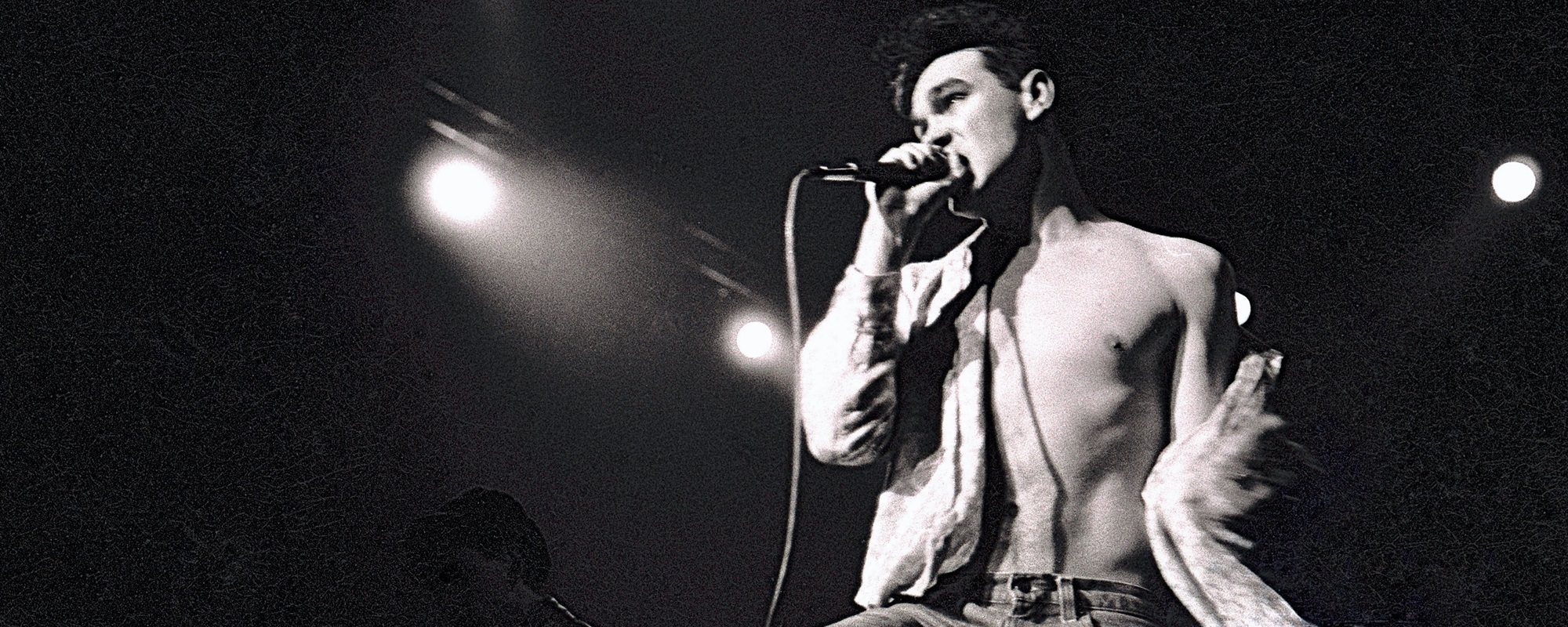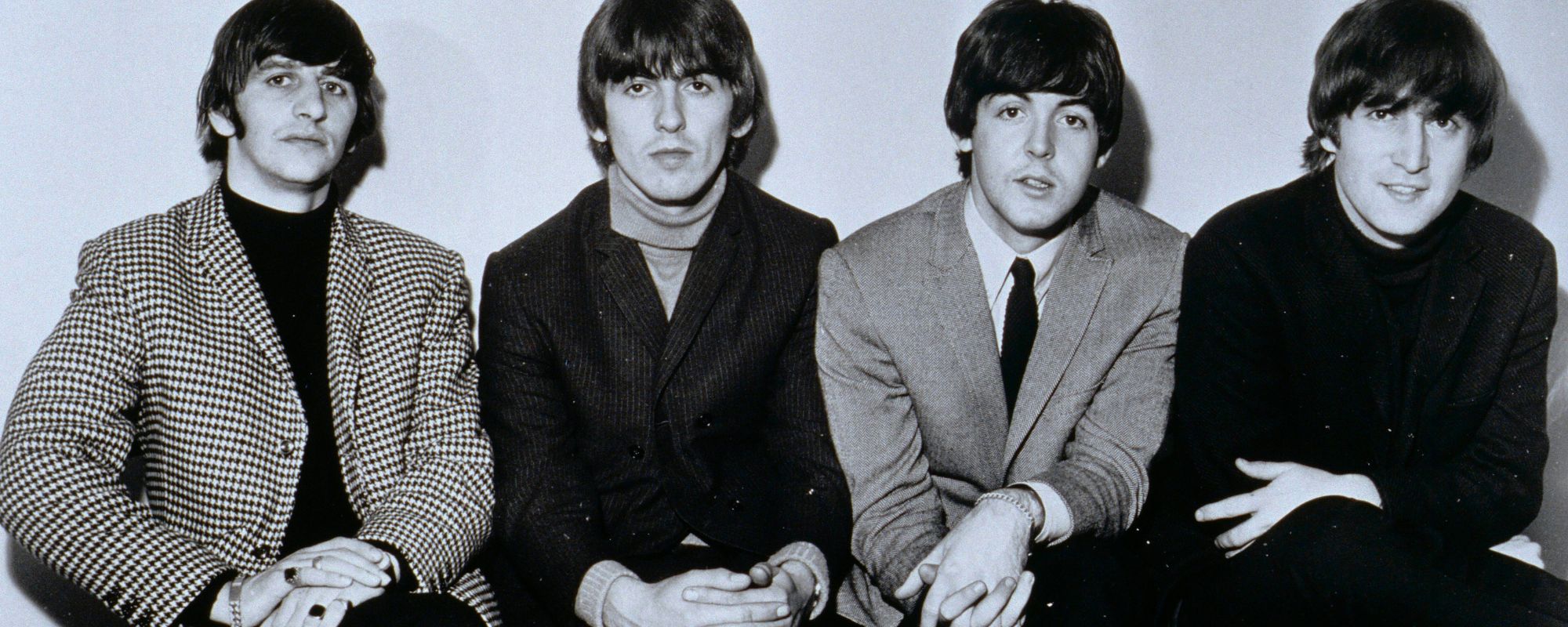The hangover from The Beatles‘ breakup was still stubbornly lingering in 1973. Legal proceedings entangling the principals were very much still in play. Fans of the Fab Four certainly couldn’t take for granted any sign of unity from the four band members.
Videos by American Songwriter
All of which is to say the timing of the release of two greatest hits compilations, 1962-1966 and 1967-1970, couldn’t have been any better. The collections rose to the top of the charts and sparked a massive wave of nostalgia for the dearly missed group.
Spurred into Action
Oddly enough, the whole affair might not have happened were it not for someone trying to beat the group to the punch. A company based in New Jersey released a pair of four-disc collections in 1972 titled The Beatles Alpha/Omega. At the time, copyright laws weren’t nearly as strict as they are now, so the creators of these collections decided to roll the dice.
The song selection for these sets was quite haphazard, as it not only included some random Beatles tracks that were far from hits, but it also peppered in some solo Fab Four material as well. Sound quality wasn’t ideal, as the recordings were just pulled from existing LPs, rather than the group’s master recordings.
On top of everything, the Alpha/Omega records were sold aggressively with television ads. The Beatles, via then-manager Allan Klein, quickly stepped in with threatened litigation, which at least convinced TV stations to stop airing the commercials. But it also planted the seed that there might be a market for something official.
Reeling in the Years
The Beatles weren’t agreeing on much of anything in the early ’70s, but the four members saw the commercial potential in an official compilation and all gave their permission. Klein, whose controversial managerial stint with the band was just about to end, chose the songs, although the group members did OK them.
The decision was made to break the whole thing up into a pair of double-album compilations, separated by the years the songs were released to provide a sense of continuity. 1962-1966 would come to be labelled the Red Album, based on the color bordering the cover, while 1967-1970 came to be known as the Blue Album.
One clever aspect of the packaging: The cover photos. The Red Album featured a shot taken during the shoot for the first Beatles UK album cover. Meanwhile, the Blue Album included a photo taken in 1969 during the making of the Get Back/Let It Be project, with the band posed in the same way as the earlier photo in the same location (a stairwell within an EMI building).
The Reaction
The song selection for the Red and Blue albums was hardly unassailable. For one, it’s hard to justify only two songs being included from Revolver, often regarded as the band’s finest album. Some inclusions were equally baffling, such as the funky but little-known George Harrison B-side “Old Brown Shoe” finding its way into the 1967-1970 set.
But those were only quibbles. With such a wealth of musical goodness on these records, all sounding fresh thanks to producer George Martin overseeing the mixes, The Beatles soared to the top of the album charts all over again when these records were released in 1973.
As the years passed, The Beatles (and their marketing and management teams) became experts in repackaging the finite amount of music they released during their time together, making the old sound refreshingly new and keeping the brand afloat. To think it all started with these two collections, when their hands were forced by bootleggers.
Photo by Ivan Keeman/Redferns













Leave a Reply
Only members can comment. Become a member. Already a member? Log in.